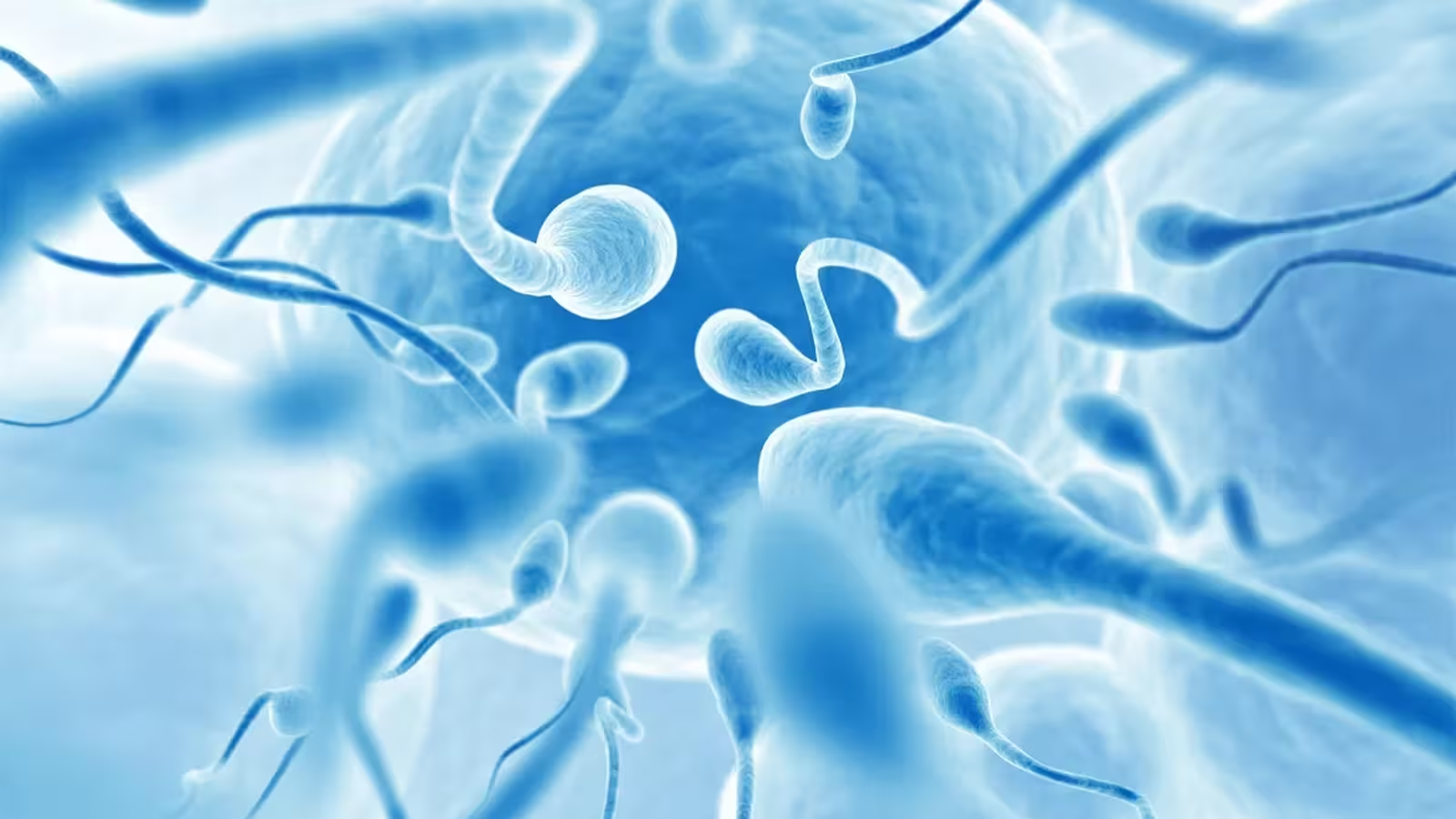5 Minutes
Unexpected Cancer Outbreak in Donor-Conceived Children Sparks Worldwide Concern
A troubling medical case has emerged, drawing sharp attention to the pressing need for international guidelines regarding the use of donor sperm in assisted reproductive technologies. At least ten children across eight European countries have developed aggressive forms of cancer—including leukemia and non-Hodgkin lymphoma—after being conceived with sperm from a donor unknowingly carrying a rare, cancer-causing genetic mutation. This situation has not only alarmed families but also scientists, clinicians, and bioethicists, raising fundamental questions about screening processes, traceability, and the global movement of human gametes.
Scientific Background: The TP53 Mutation and Inherited Cancer Risks
Central to this issue is a mutation in the TP53 gene, a genetic anomaly known to predispose carriers to Li-Fraumeni syndrome—one of the most severe hereditary cancer syndromes. The TP53 gene encodes a tumor suppressor protein, pivotal in regulating cell growth. When mutated, it can dramatically increase the likelihood of developing various cancers early in life. According to Dr. Edwige Kasper, a geneticist from Rouen University Hospital in France, extensive laboratory investigations combined with biological databases and computational prediction tools confirmed the cancerous potential of the identified TP53 mutation in the donor’s sperm.
At the time of the donor's initial contributions (between 2008 and 2015), standard genetic screening protocols did not recognize or test for this specific variant. Additionally, the donor was in good health, manifesting no overt medical concerns—highlighting the inherent limitations of conventional donor screening methodologies. It was only after multiple cancer cases were diagnosed in donor-conceived children that a focused investigation was triggered.
The Scope of the Genetic Transmission: Tracking and Impact
Following reports from concerned families whose children developed cancer, the European Sperm Bank and collaborating fertility clinics conducted a sweeping review. The investigation revealed that sperm from the donor in question had been used in at least 67 documented births across 46 families in eight different countries. Genetic testing confirmed that 23 of these children inherited the TP53 mutation, with nearly half already diagnosed with cancer during childhood or adolescence—a stark outcome that shocked specialists.
The widespread geographical dispersion of donor sperm created significant challenges in both tracing affected families and issuing timely medical alerts. Experts caution that, without centralized registries and robust international communication channels, potentially life-saving health warnings can be delayed, endangering vulnerable children.
Expert Opinions and Emerging Policy Challenges
Dr. Kasper presented these findings at the European Society of Human Genetics annual conference, emphasizing the need for Europe-wide—and ultimately global—regulation of donor gamete use. “It is imperative to set strict limits on the number of families or offspring who may benefit from a single sperm donor,” she noted. She also clarified that full genome sequencing of all donors, while impractical and costly, is not being recommended. Instead, the focus should be on coordinated measures to curb the unusual propagation of hereditary genetic diseases.
Professor Nicky Hudson of De Montfort University, Leicester, underscored the complexity of gamete donation across borders: “This case exemplifies the risks when sperm is distributed widely. Had these donations been confined within a single nation under local limits, the impact would have been significantly reduced.” She also highlighted the profound social and psychological repercussions, manifesting in the enormous difficulty of identifying and supporting all impacted families.
Julie Pauly Budtz, spokesperson for the European Sperm Bank, explained that the donor underwent comprehensive health assessments according to existing standards at the time. However, she emphasized the scientific limitations: “Detecting pathogenic mutations is only possible when there is specific knowledge of what to look for. We are committed to advancing discussions on establishing international family limits and already proactively cap each donor to a maximum of 75 families.”
Implications for Assisted Reproductive Technologies and Genetic Screening
This event has reignited debates on the ethics and best practices of genetic screening for sperm donors and the management of donor-conceived children’s medical records. While advanced genome sequencing technologies can reveal rare pathogenic mutations, their widespread use raises practical, ethical, and privacy considerations. The fact that current protocols fell short in identifying this cancer-linked mutation underlines the necessity for continuous updates in donor screening methods as genetic science evolves.
Furthermore, the mobility of donor sperm across borders underscores the urgency for international collaboration. Experts advocate for synchronized databases, improved traceability systems, and standardized reporting formats. Such steps would enable faster responses to emerging health threats and provide timely genetic counseling for at-risk families.
Looking Ahead: Future Policies and Responsible Innovation
The incident has catalyzed calls for stronger international cooperation in reproductive medicine. Stakeholders, including fertility clinics, sperm banks, geneticists, and global health authorities, are now working to establish harmonized policies that prioritize safety, ethics, and the well-being of all donor-conceived children. Limiting the number of families per donor, investing in better informatics infrastructure, and promoting public transparency are identified as urgent priorities.
Conclusion
This unprecedented case highlights how a single undetected genetic mutation in a sperm donor can have wide-reaching health, social, and ethical consequences in the modern era of global assisted reproduction. It underscores the need for ongoing scientific vigilance, regulatory foresight, and compassionate support systems for affected families. As the science of human genetics advances, integrating robust international safeguards will be critical to ensuring the safety and trustworthiness of reproductive medicine worldwide.


Comments